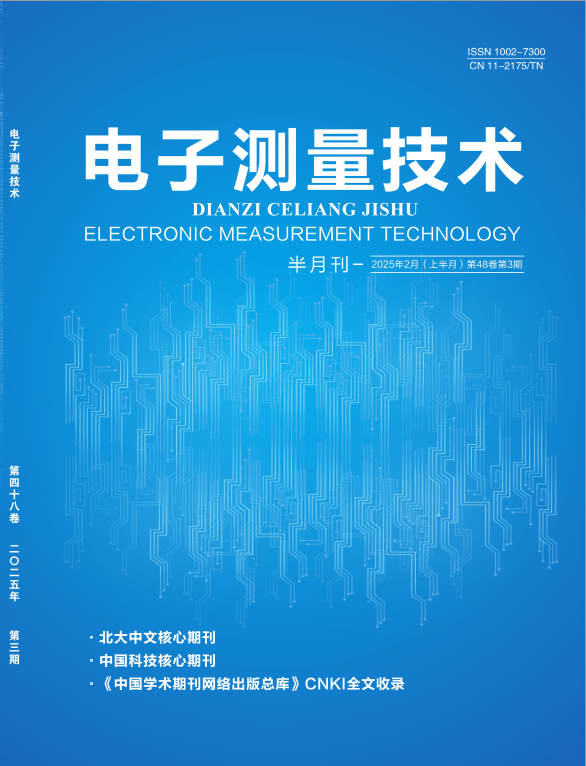2024, 47(2):185-192.
Abstract:The fine identification of ground-based clouds is of great significance for climate prediction and meteorological research. Aiming at the current problems of low accuracy of ground-based cloud recognition, poor generalization, and detrimental deployment of marginalized deployment, a ground-based cloud map recognition model based on residual network is proposed, named GBcNet. The designed model consists of one convolutional layer, two pooling layers, five residual blocks and one fully connected layer, using the first convolutional layer and the first pooling layer to initially extract feature information and reduce the feature map size, and extract more feature information through the residual block, while suppressing the overfitting and gradient disappearance of the network, and finally using another pooling layer to reduce the size of the feature map, and finally output the recognition results through the fully connected layer. The experimental results show that the comprehensive average accuracy of GBcNet model on the dataset reaches 96.02%, and the recognition accuracy of 11 categories of ground-based clouds is between 93% and 99%, and has better generalization, and the recognition performance of single category and overall is better than that of other models. Furthermore, the SWIMCAT dataset was used to experiment with the model, and the comprehensive recognition accuracy reached 99.7%, which proved that the model was universally applicable to the recognition of ground-based cloud maps. The model has a simple structure, which is more conducive to marginalized deployment than other models.
